Digital Transformation's Impact on Traditional Art Forms
The rise of digital technology has affected nearly every industry, including the art world. This article will explore how modern technologies such as computer graphics, virtual reality, 3D printing and more have revolutionized traditional arts like painting, sculpture, and theater, bringing about a wave of change and transformation.
The Modernization of Traditional Arts
Let's start by looking at how computer graphics have influenced painting. Artists can now create digital masterpieces using software, bringing a whole new dimension to the traditional art form. Not only has this made art more accessible to many, it has also introduced a completely new medium for artists to explore.
Likewise, virtual reality has changed the way we experience theater. With VR headsets, audiences can immerse themselves in the performance, making them feel like part of the action rather than just passive observers. This has allowed for the development of unique experiences that simply weren't possible with traditional theater.
Another groundbreaking technology is 3D printing, which has had a huge impact on sculpture. Artists can now design and print complex, intricate pieces that would be nearly impossible to create by hand. Additionally, 3D printing makes it easier to create mass-produced art that retains the detail and complexity of the original sculpture.
Artists and Art Lovers: Embracing or Resisting Change?
Naturally, these technological advancements have elicited mixed reactions from artists and art lovers. Some see them as exciting new opportunities to push the boundaries of what's possible in art. Others, however, view these developments as distractions from the true essence of art, which they believe lies in manual effort and skill.
Futuristic Impacts of Digital Transformation
Looking ahead, it's clear that digital transformation will continue to shape the art world. With the development of technologies like AI and augmented reality, it's hard to predict exactly how they'll impact traditional art forms. However, what's certain is that they'll continue driving innovation and diversity in art, encouraging artists to experiment with new mediums and techniques.
Whether they are embraced or resisted, these changes brought about by digital transformation are undeniably here to stay, continuing to inspire and challenge artists everywhere. Above all, they are a testament to art's unending evolution and adaptability, and its ability to mirror the changes in the society that produces it.
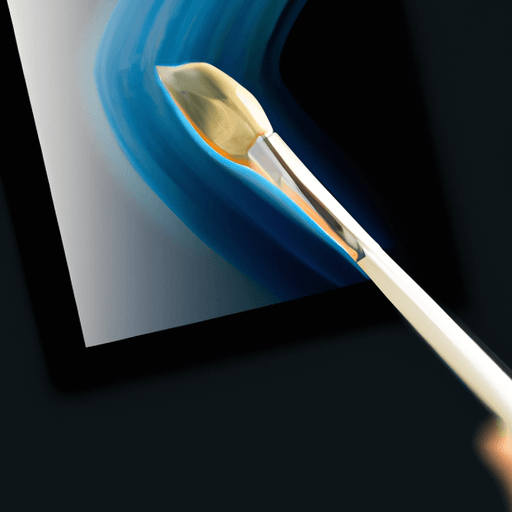
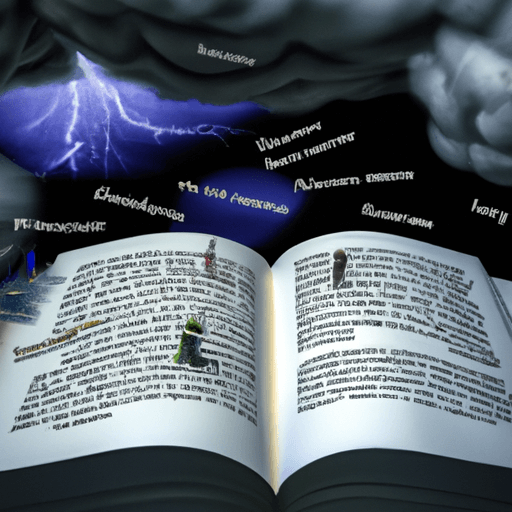
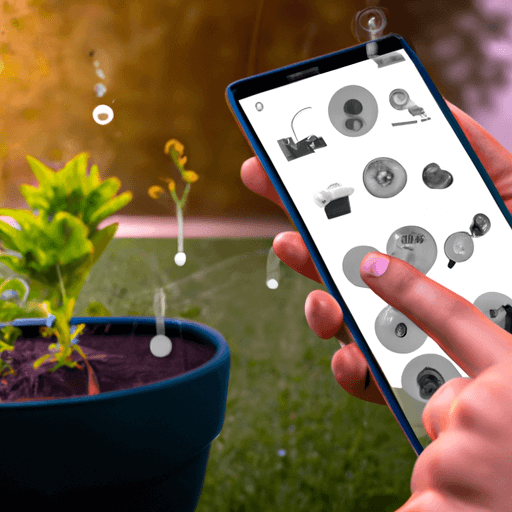
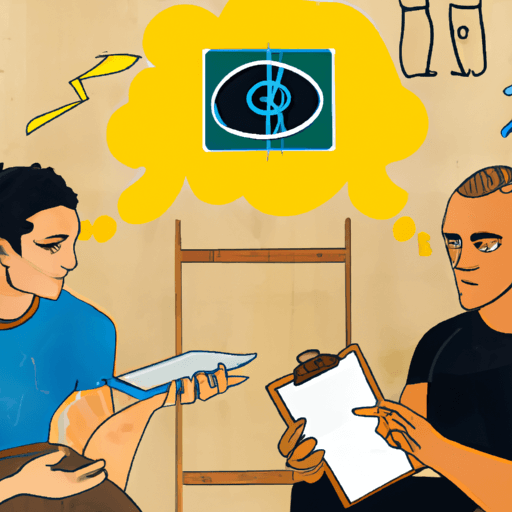
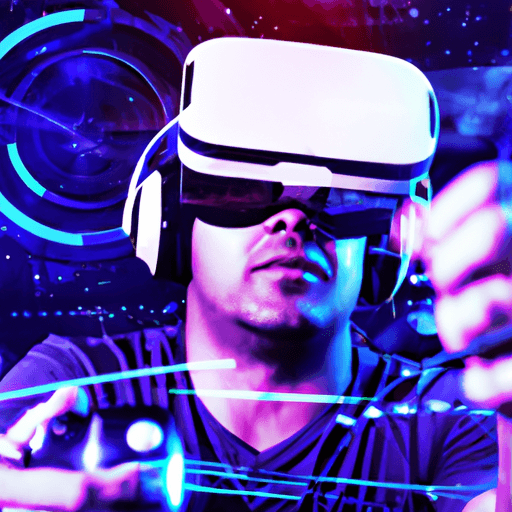
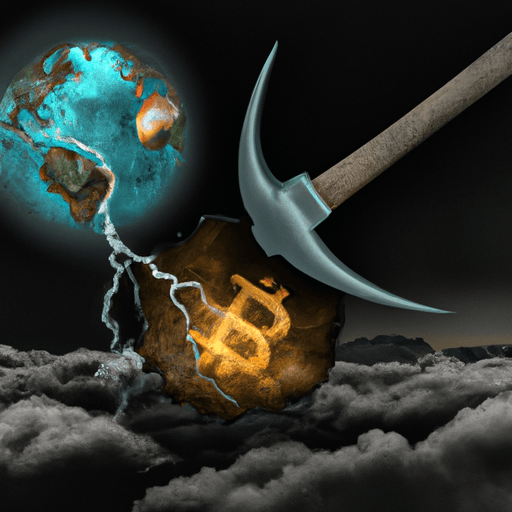
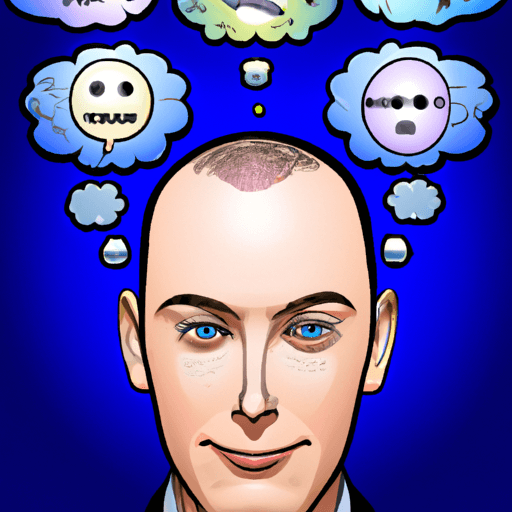
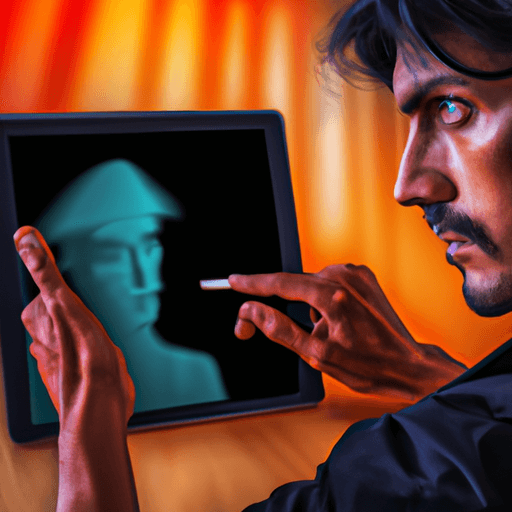


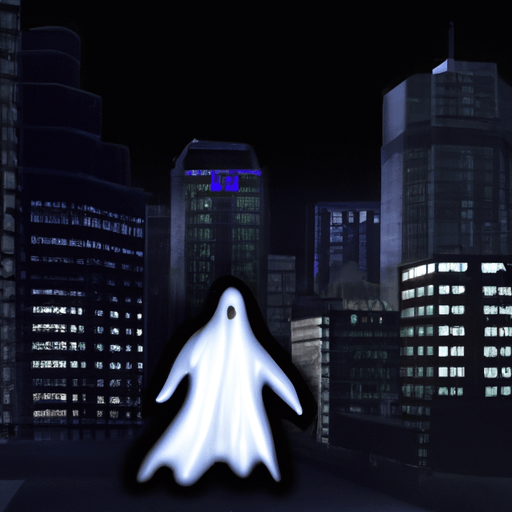



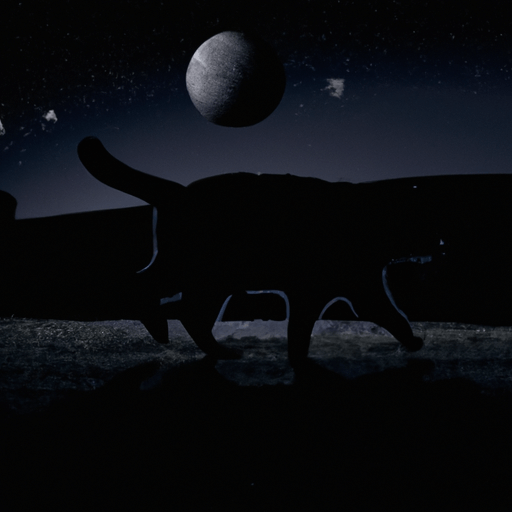
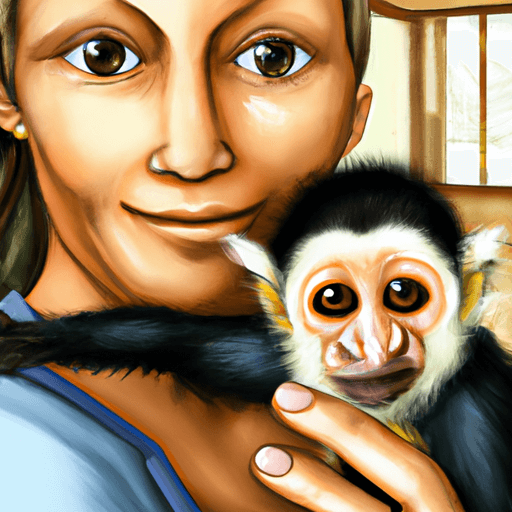
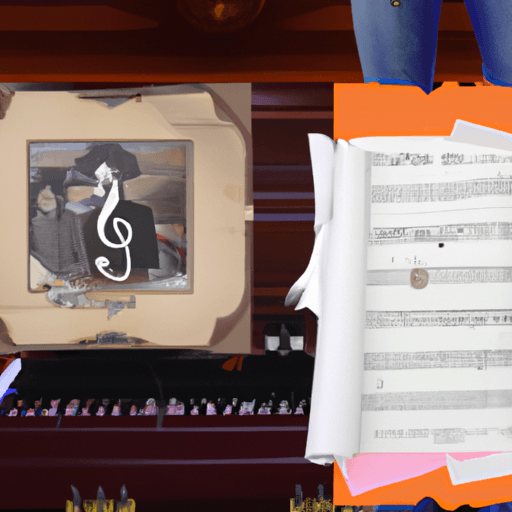
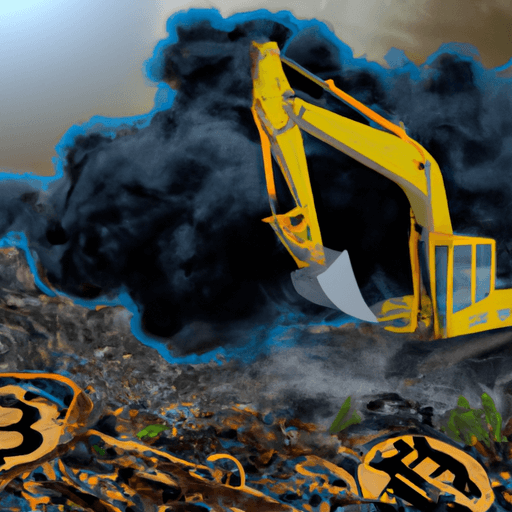
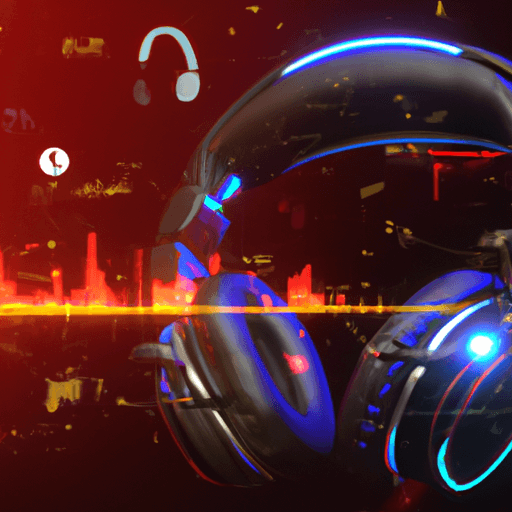

Comments
Leave a Comment